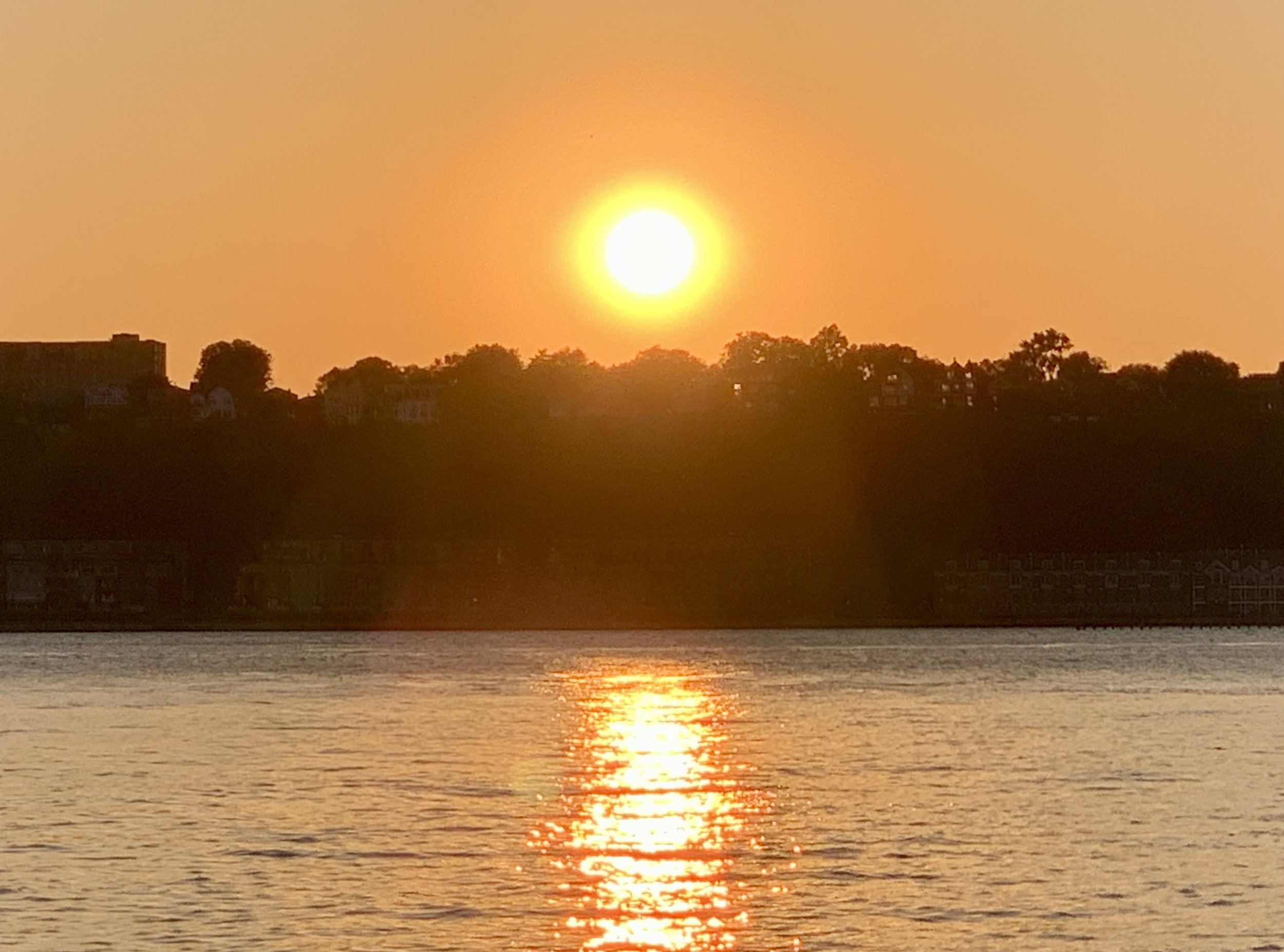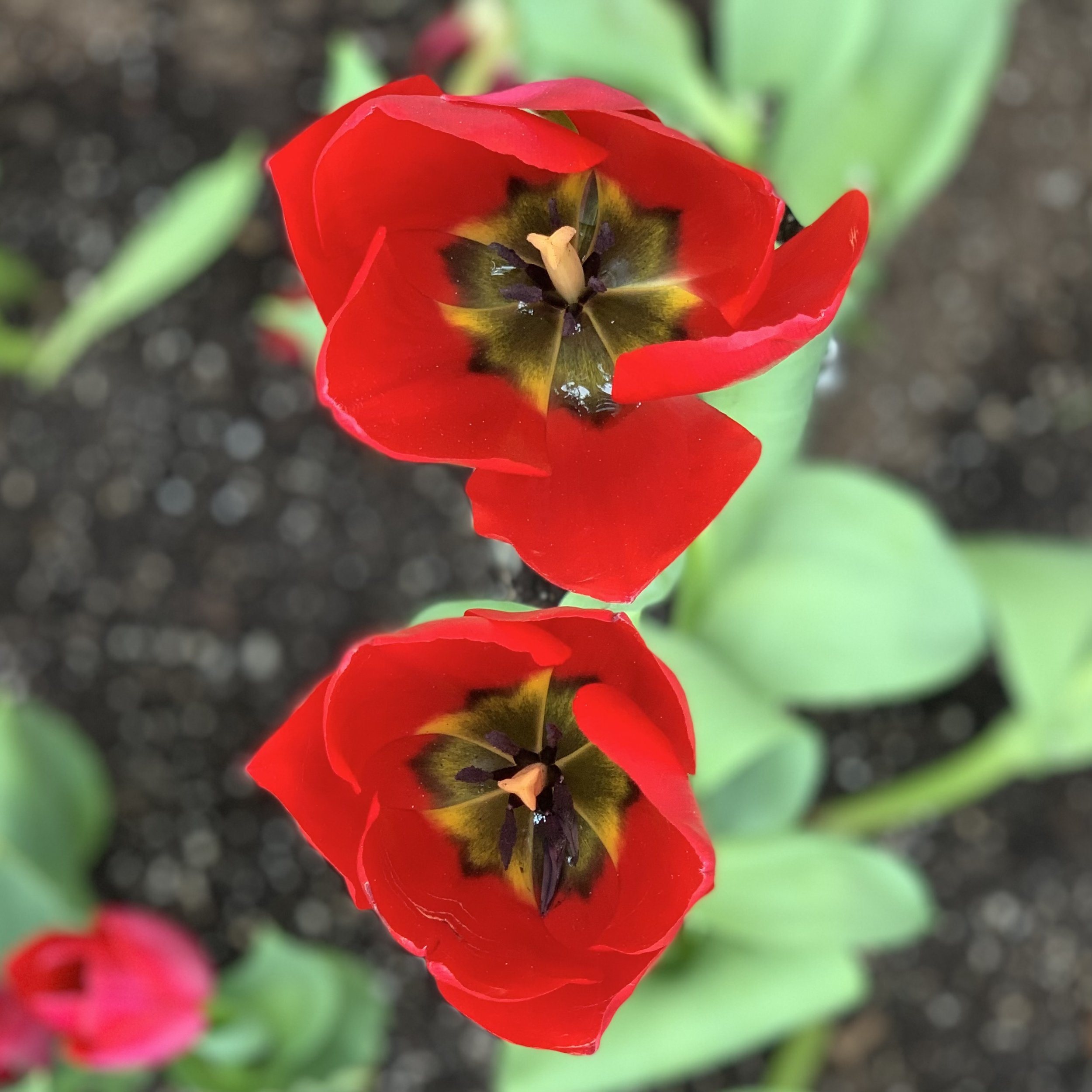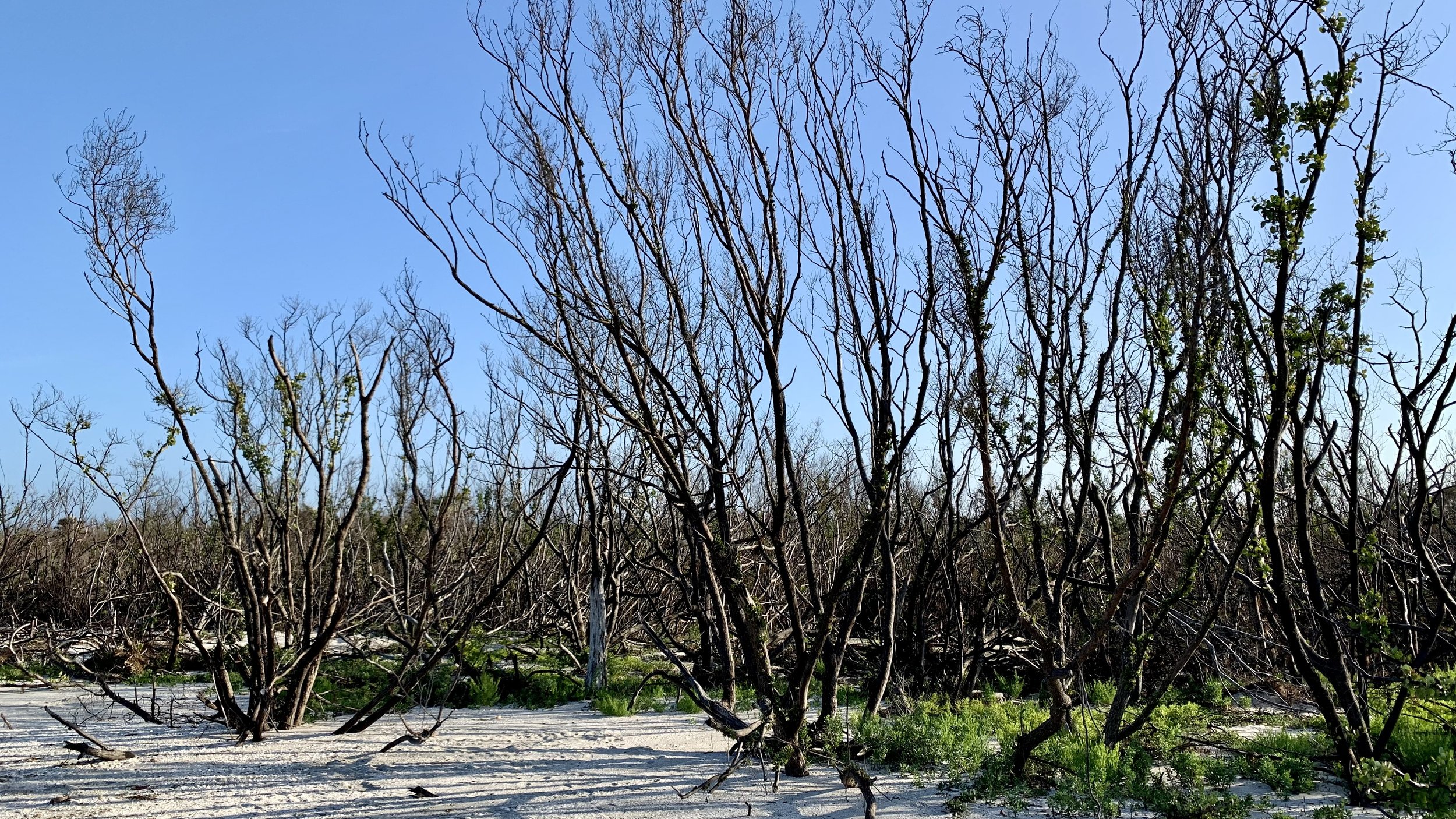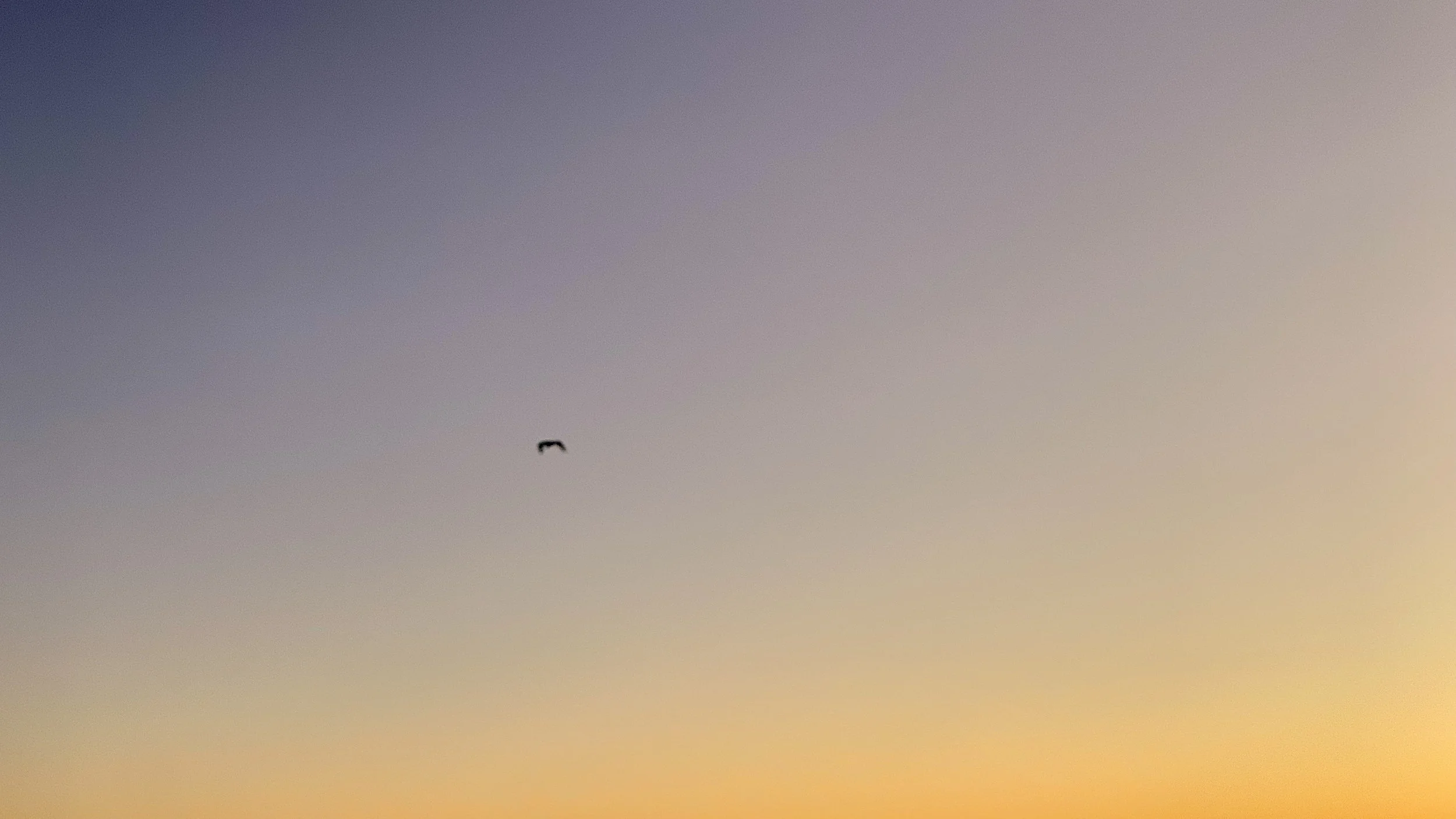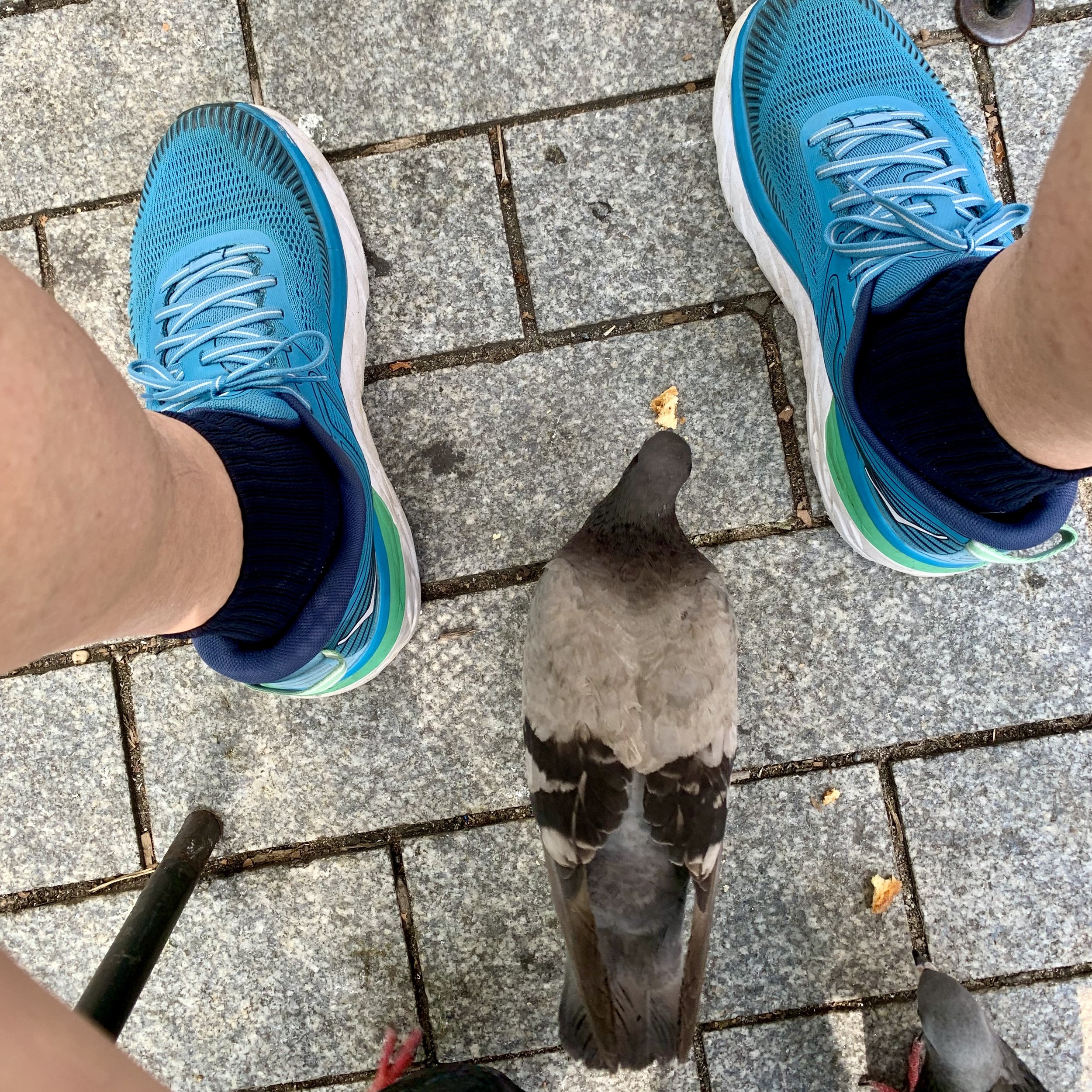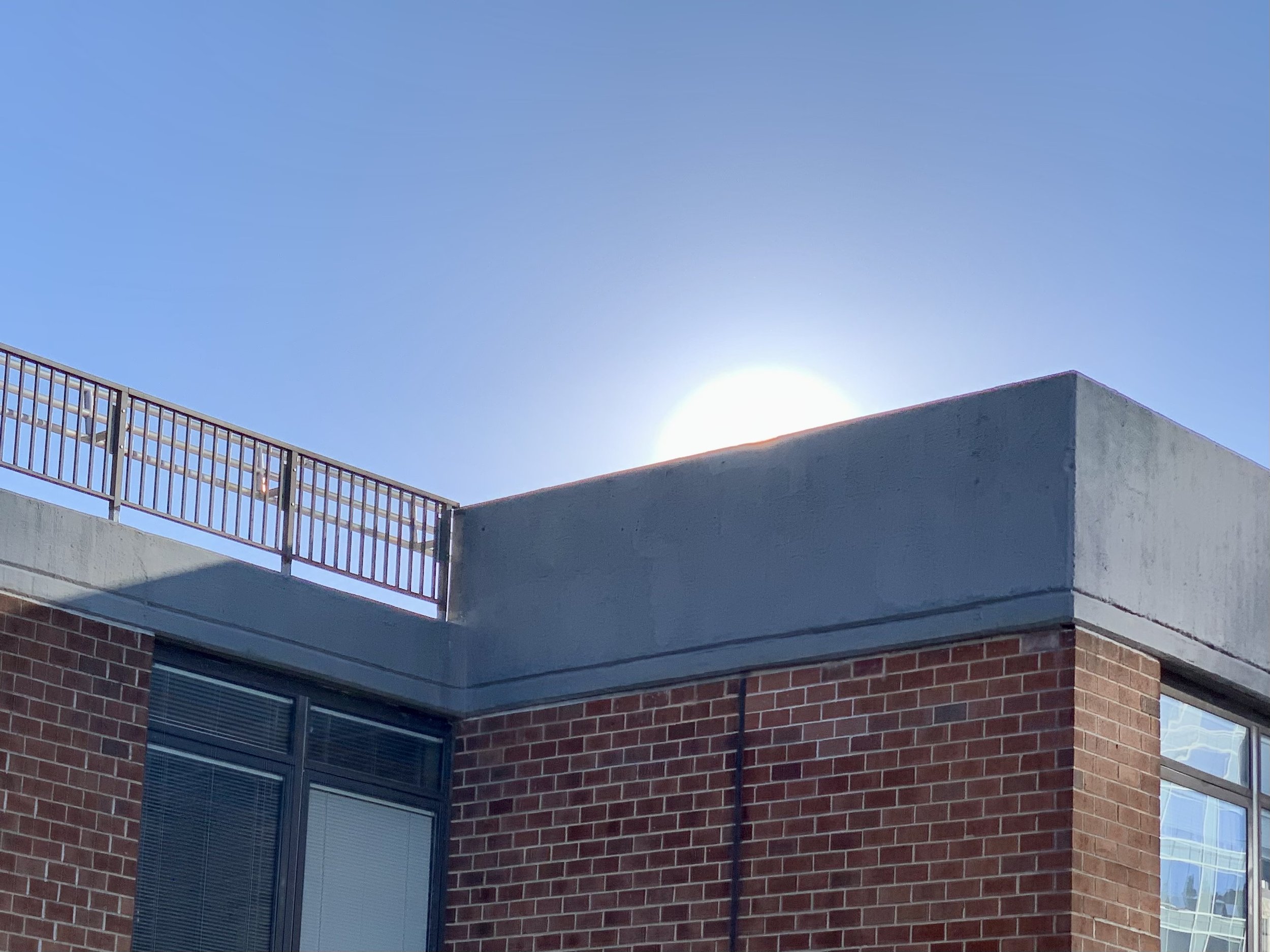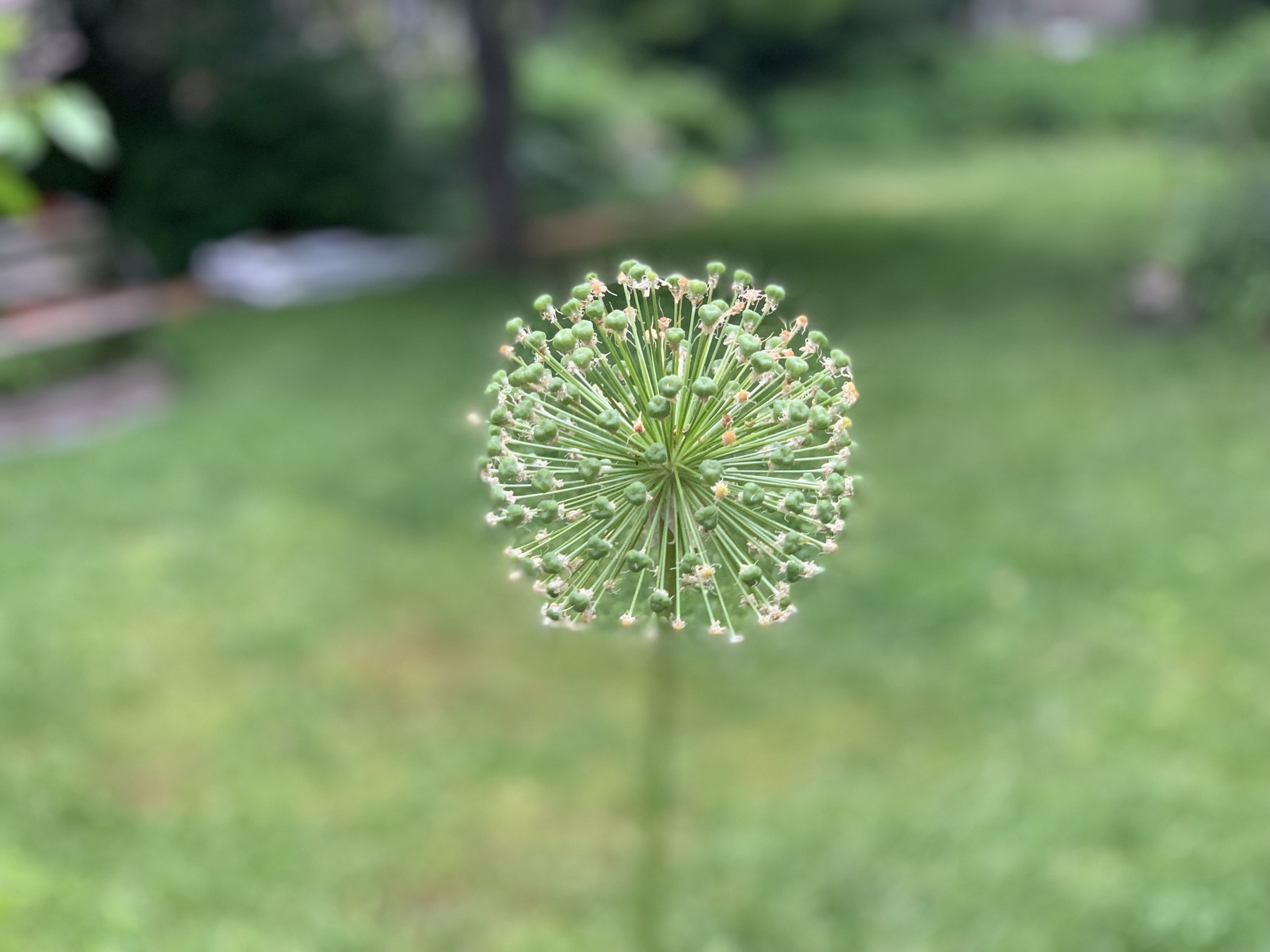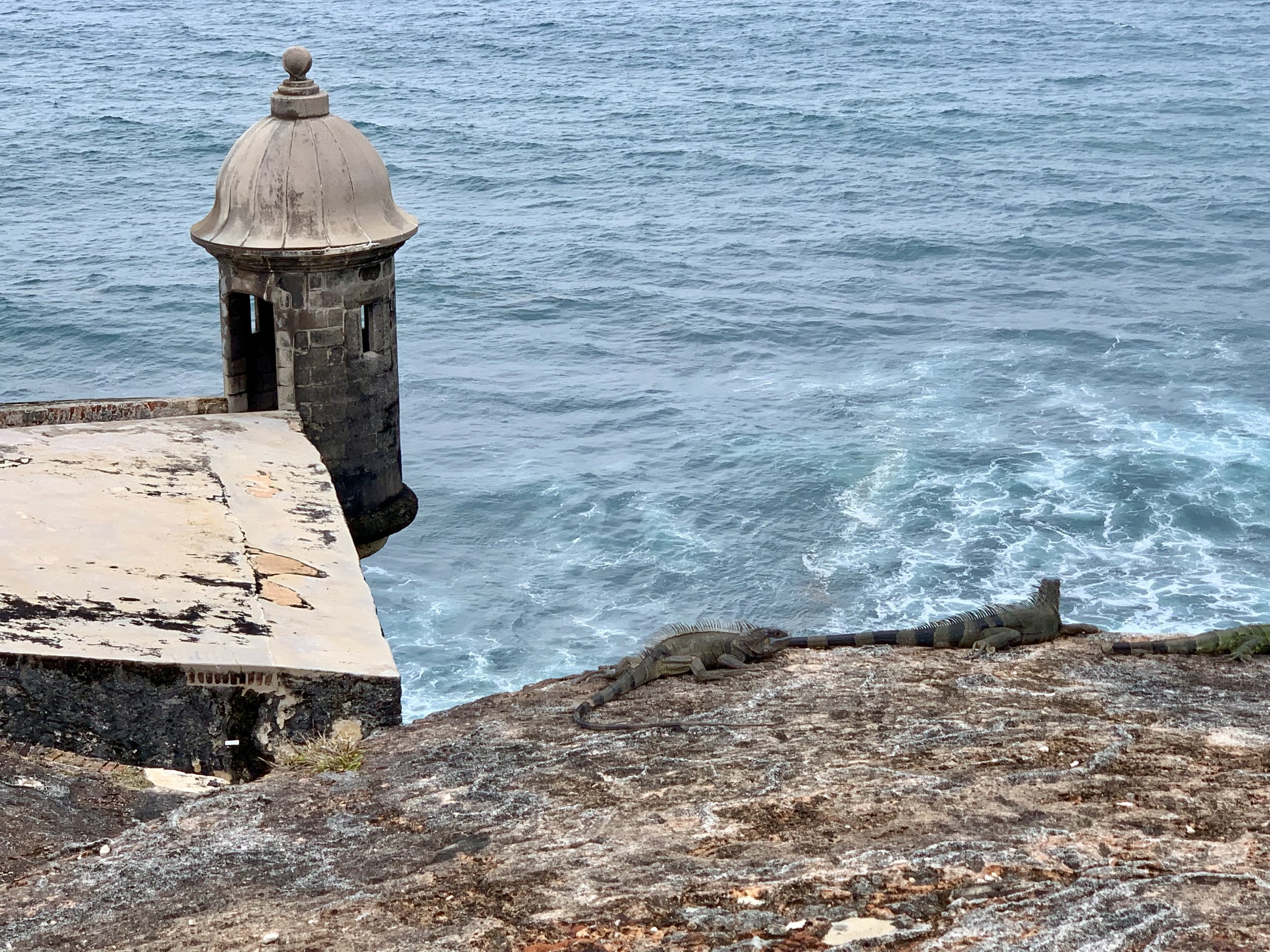Yoga and the Art of Finding True Freedom
/One World Trade Center, a.k.a. Freedom Tower, glistens on a top-10 Day in NYC on July 30, 2023.
The Freedom Tower, while staying within the boundaries of its foundations, still appears to stretch towards infinity. Similarly, yoga in its highest form can help us to know our infinite possibilities even as we stay rooted to the earth.
Ever felt constricted by the circumstances of your life? Ever felt like running away from your life as it is to something you imagine to be better? Have you ever thought “if only this (or that) weren’t happening right now, then I would feel free”? If you answered “yes” to any of these (and I have a feeling you did!), then perhaps yoga can help you find a truer and lasting sense of freedom.
Gavin Harrison, in his book In the Lap of the Buddha, writes:
“In spiritual freedom, we do not become free from events, but we become free within events. Circumstances lose their power to lacerate our minds”.
In a sense, when we practice yoga poses, what we’re trying to do is to find greater freedom within each pose. In class, we don’t skip poses because we don’t like them (unless they will cause physical harm, and if so, we find modifications). Rather we enter into each pose, find our limits, and then extend those limits further by using our breath and our focus. In every yoga pose we practice finding greater freedom within those confines, rather than escaping those confines altogether. Thus, yoga can be a pathway towards finding true freedom. We do so by going deeper within our feelings – physical, mental, emotional, and spiritual – rather than trying to escape our feelings. In each pose, we can experience a feeling of true freedom budding.
Taking our yoga practice off our mat, we can also try to find greater freedom within our life circumstances. Granted, I am not saying one should stay in an abusive relationship or dangerous situation – those are definitely times to look for the escape hatch. Rather life constricts us all in some way or another. Even rich people who seem to have it all can be constricted by their feelings of dissatisfaction and always wanting more. Whatever the circumstance we are faced with – whether it be financial, relationship issues, the effects of climate change, health issues, you name it – we all are capable of pausing, breathing, focusing and experiencing. If we can do this, we can move towards a truer and more lasting kind of freedom.
You’ve heard it said: our democratic system of government is messy and chaotic. And yet, you’ve probably also heard it said: it’s still better than the alternatives. Barack Obama said:
Before we get too depressed about the state of our politics, let's remember our history ..... Many forms of Government have been tried, and will be tried in this world of sin and woe. What is amazing, is that despite all the conflict, our experiment in democracy has worked better than any form of government on earth.
Yes, it always seems to feel like we’re taking one step forward, then two steps backwards, then three steps forward, and on and on. But Barack Obama also said:
Change will not come if we wait for some other person or some other time. We are the ones we've been waiting for. We are the change that we seek. The future rewards those who press on.
Whether it is fighting to protect the earth and climate, reproductive rights, the dignity of migrants, or the myriad of challenges and differences confronting our country, we can all pause, breathe, focus and experience. If we do, the right action we need to take will bubble up to our awareness and lead us forward. There is always freedom to be found in the direst of circumstances.
For me, true freedom means knowing I will never have it all, and I am always free to give things my best shot.
I hope your ongoing yoga and meditation practices can lead you towards finding true freedom.
May you be happy, …
May you be healthy, …
May you pause, breathe, focus, and experience, …
May you find freedom with circumstances, … for the benefit ALL Beings everywhere.
Aloha and Metta,
Paul Keoni Chun
The Hawaiian Islands of Hawai'i and Maui on July 14, 2023. Nature continues to stretch towards its infinite possibilities as these islands are being born and put to rest across eons.







